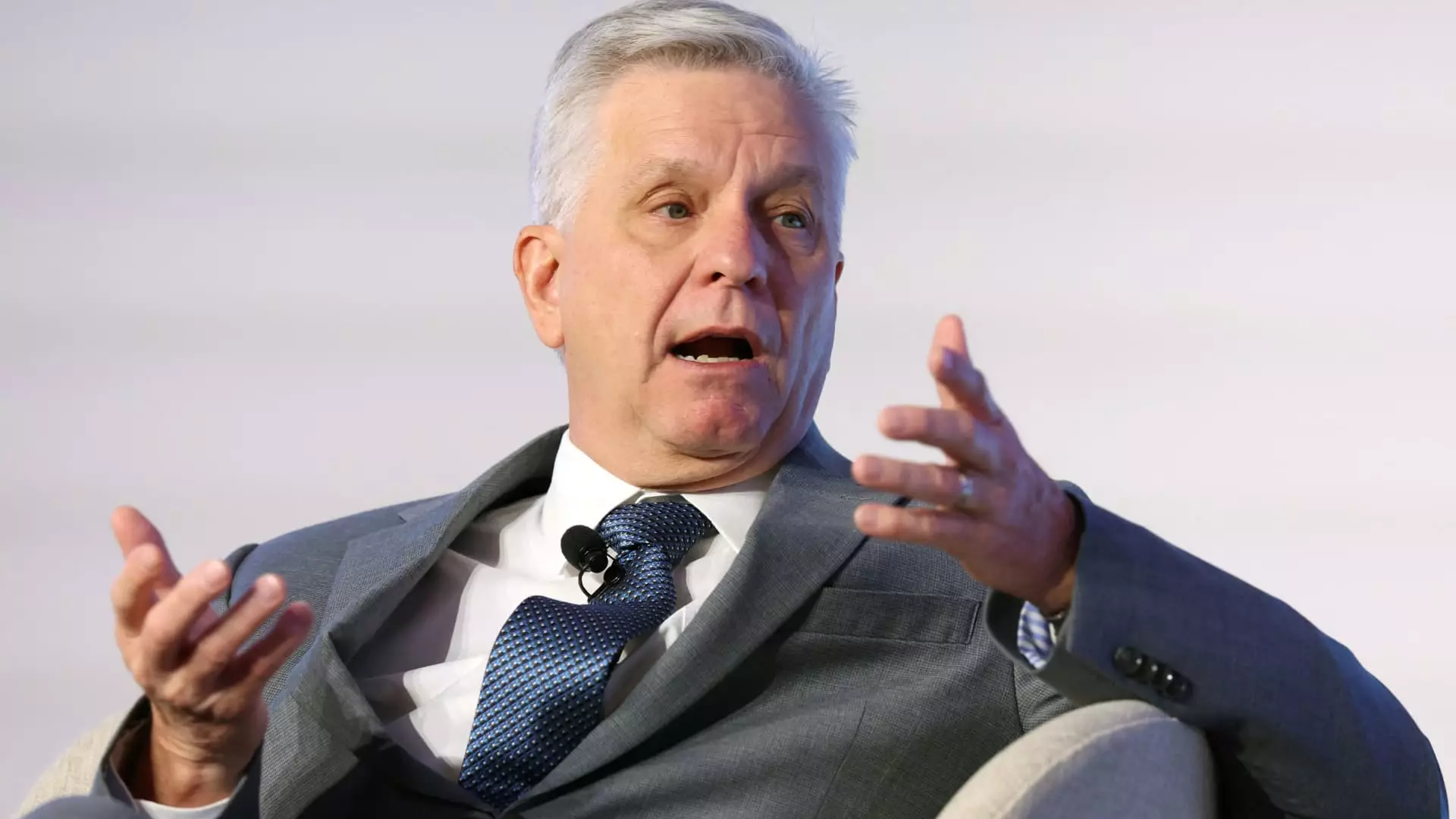The economic landscape of the United States is continuously influenced by the Federal Reserve’s decisions regarding interest rates. Recently, Federal Reserve Governor Christopher Waller provided insights into potential changes in rates during an interview with CNBC, sparking discussions in financial markets and among economists. His comments suggest a more optimistic outlook regarding inflation and its impact on interest rates, indicating that we might witness several cuts within this calendar year if inflation trends align with expectations.
During his conversation with Sara Eisen on the CNBC segment “Squawk on the Street,” Waller outlined a possible scenario where interest rates could be reduced multiple times over the course of 2023. He emphasized that these cuts hinge primarily on forthcoming economic data, particularly concerning inflation and unemployment rates. Waller believes that the first reduction could arrive as early as the first half of the year, followed by additional cuts if the data remains favorable. His assertion challenges market predictions, hinting at a trajectory that might not align with what traders are currently pricing in.
Waller articulated, “As long as the data comes in good on inflation or continues on that path, then I can certainly see rate cuts happening sooner than maybe the markets are pricing in.” This statement suggests strategic flexibility within the Fed, as any decision will base itself concretely on real-time data and economic indicators.
In response to Waller’s comments, traders quickly recalibrated their expectations for interest rate cuts. The probability of a move in May increased to about 50%, with many now placing greater emphasis on June as being more likely for a rate adjustment. Furthermore, the likelihood of a second reduction later in the year climbed to approximately 55%, reflecting a shift of about 10 percentage points higher than previously anticipated. This heightened optimism among traders signals a positive sentiment towards potential monetary easing, a stark contrast to the prevailing caution within the Federal Reserve.
Central to Waller’s perspective is the belief in a trajectory towards lower inflation rates as the year progresses. Despite the persistence of elevated price levels in some sectors, such as energy and food, Waller expressed optimism that disinflationary trends will emerge. He noted that the core consumer price index had receded to a 3.2% reading in December, although it remains significantly above the Fed’s target of 2%. Waller’s outlook signifies a nuanced understanding of the inflation landscape, where he acknowledges existing challenges while maintaining confidence in a path back toward stability.
He remarked, “Right now, I think inflation is going to continue to come in towards our target. The year-over-year stickiness that we saw in 2024 I think will start to dissipate.” This suggests a belief that recent inflationary trends may not be as entrenched as previously feared, providing a potential foundation for successive cuts.
While Waller’s comments present a glass-half-full perspective, they also come in the context of cautious outlooks from other members of the Federal Open Market Committee (FOMC). The convergence of opinions suggests an ongoing deliberation about the necessary pace of any monetary policy adjustments. The FOMC’s next meeting is scheduled for January 28-29, during which members are likely to reassess the unfolding economic conditions. With market reactions indicating near-zero odds of an immediate move in January, it becomes clear that the Fed is prioritizing patience and carefully navigating these unpredictable waters.
While Christopher Waller’s optimistic forecasts for interest rate cuts suggest a proactive stance based on forthcoming data, the overarching sentiment within the Federal Reserve remains one of cautious evaluation. The interactions between traders and Fed officials in the coming months will undoubtedly shape the broader narrative of monetary policy in the United States, with implications that extend well beyond short-term market fluctuations. The interplay between data-driven decisions and evolving economic indicators will play a crucial role as the Fed looks to balance inflation control with economic growth in a year that promises to be dynamic and unpredictable.


Leave a Reply